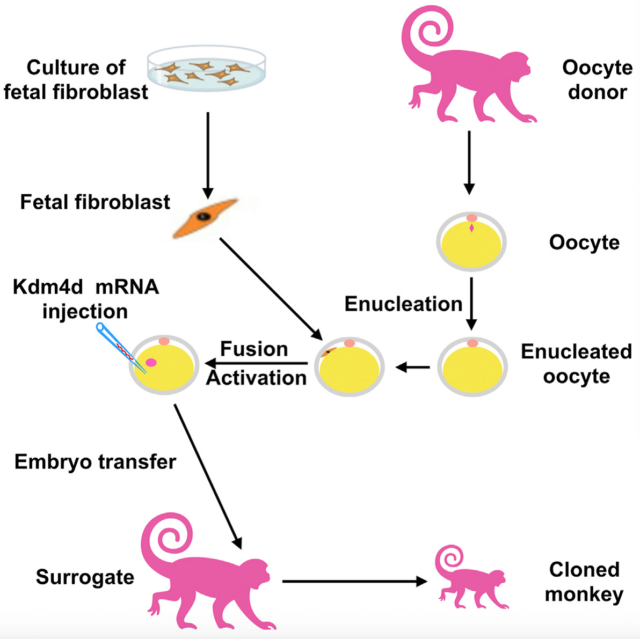Cloning: Unraveling the Science, Ethics, and Potential Applications

Course Content
Introduction to Cloning
-
Defining cloning and its significance in scientific research and applications
00:00 -
Historical overview of cloning milestones and breakthroughs
00:00 -
Different types of cloning: reproductive cloning, therapeutic cloning, and molecular cloning
00:00